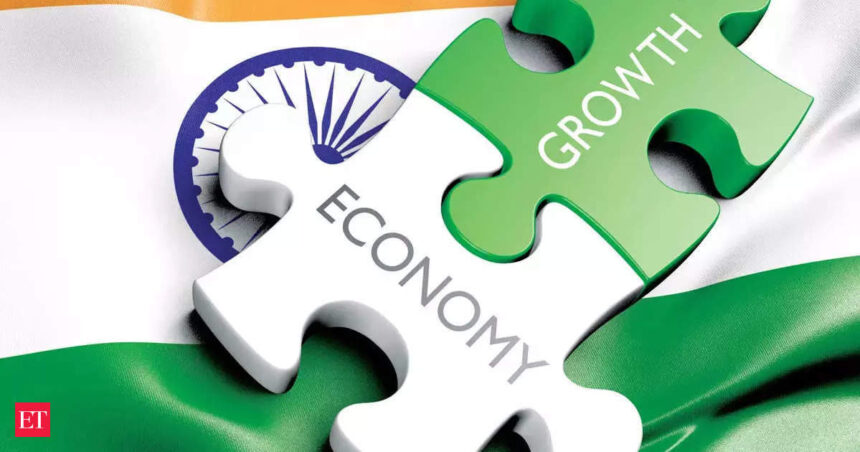The US 10-year treasury yield hit a 16-year high on Monday and was perched at 4.67%, at the time of going to press on Monday, according to Reuters data.
Brent crude has remained over $90 a barrel since the previous month and the US dollar index DXY rallied nearly 3% last month.
In combination, the three macro-indicators could support already high inflation across many countries by making goods and fuel imports costlier, and disrupt capital flows across the globe, imposing more hardship on debt and current account-stressed countries.
“There are significant headwinds for all emerging markets. India looks to be in a slightly better position than most other countries. Still, we will also be impacted by it,” said Rahul Bajoria, head of Asia emerging markets (ex-China) at Barclays.
Barclays’ Bajoria pointed out that the uncertainty over how long these shocks will last is causing the headwinds.Ballpark, a $10 per barrel increase in oil prices leads to a 10-15 basis points decrease in growth and a 35-bps increase in the current account deficit (CAD). A basis point is one-hundredth of a percentage point.The Indian oil basket averaged $93.4 per barrel in September, compared with $83.76 at the start of the fiscal year.
High US interest rates are depreciating currencies against the dollar, which, if it sustains, would force central banks to respond.
“In the interest of keeping the rupee under control, the Reserve Bank of India (RBI) will have to match the Fed, which means there will be a hike domestically, which will tip the balance towards a more major slowdown than we are working with in the Indian case,” said Abheek Barua, chief economist, HDFC Bank.
Barua pointed out that growth may be 20 bps lower in FY24, and half a percentage point will need to be shaved off the FY25 forecast. HDFC expects 6.3% growth in FY24 and 6.5% in FY25.
RBI has forecast 6.5% growth in the current fiscal.
“So, you will have a combination of high rates, tight liquidity, demand slowing down,” said Barua.

Not a Worry for Now
However, policymakers played down these factors as being a key challenge for the Indian economy at this juncture.
Chief economic adviser V Anantha Nageswaran did not seem too worried by the trifecta of high crude, strong dollar and elevated US interest rates. “These are not the things that are keeping me awake at this juncture,” he said. “Dollar has already strengthened and now it’s a question of when it starts to move downwards. US interest rates have already moved up and are likely to remain at this level for some time.”
Crude, however, remains a challenge, if it moves above $100 and crosses $110, Nageswaran cautioned. “If the global financial markets go into a major upheaval, and our markets react, it could have some impact on the overall sentiment and fundraising plans for companies. Overall, the economy is on course to meet our real growth expectation of 6.5% for FY24,” he said, assuaging concerns over the developments.
Pronab Sen, former chief statistician of India, believes oil prices may impact corporate profits, but rules out a larger impact unless there is a pass-through to retail prices. “The economy is not under any pressure with rates hardening or oil prices rising unless there is a trickle-down to retail prices,” he said, noting that even CAD would not be a concern unless it surpasses 2.5% of the gross domestic product (GDP).
Earlier this week, some experts revised their CAD forecasts upwards for FY24 – in some cases, to 2.1% of GDP – on account of rising oil prices.







